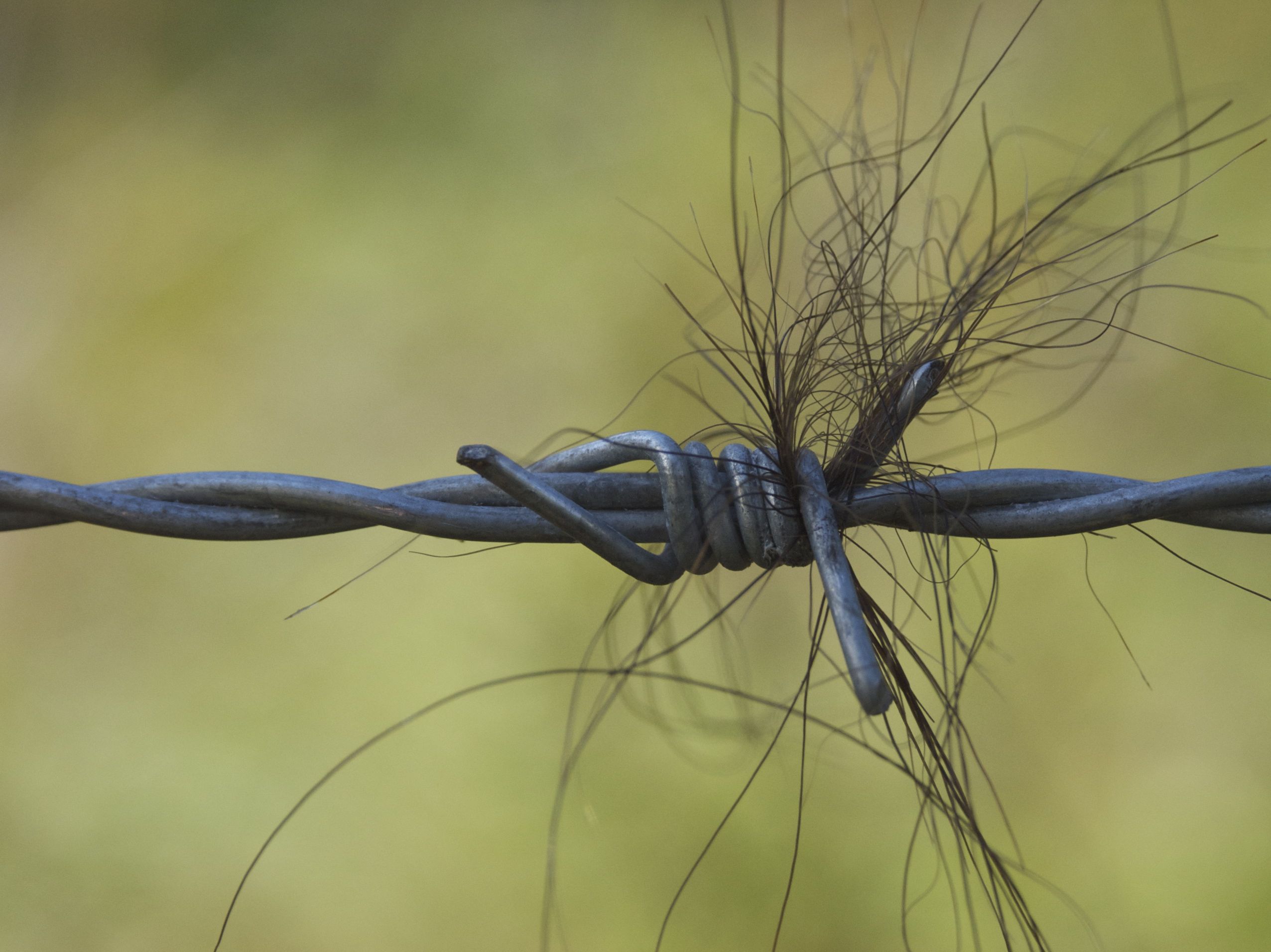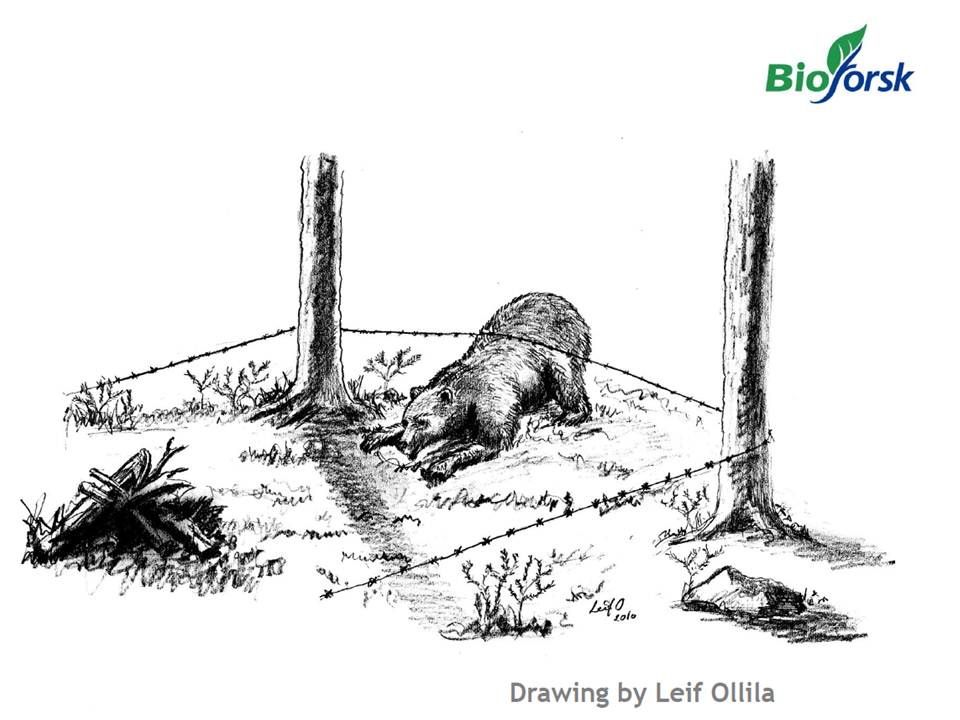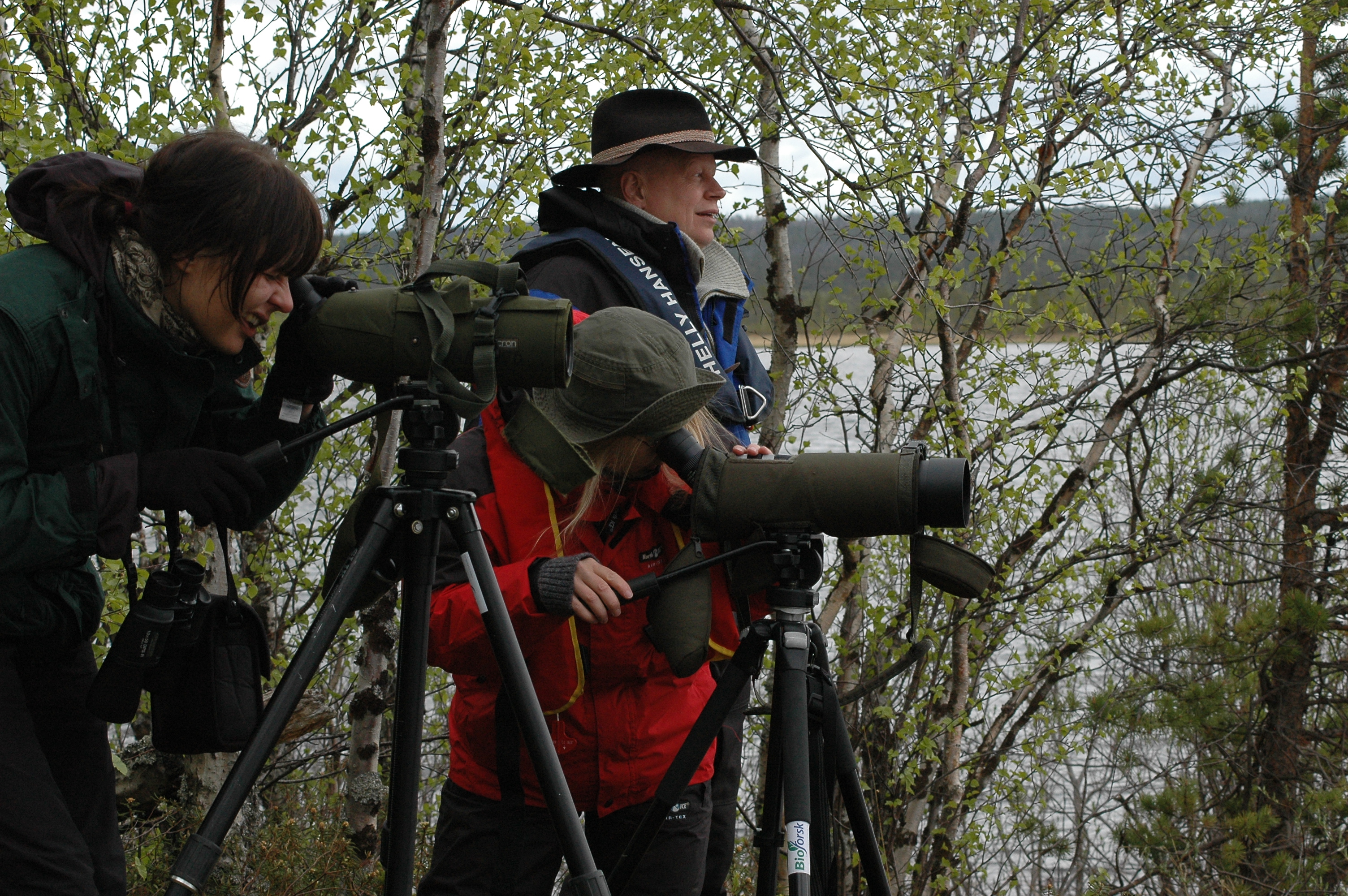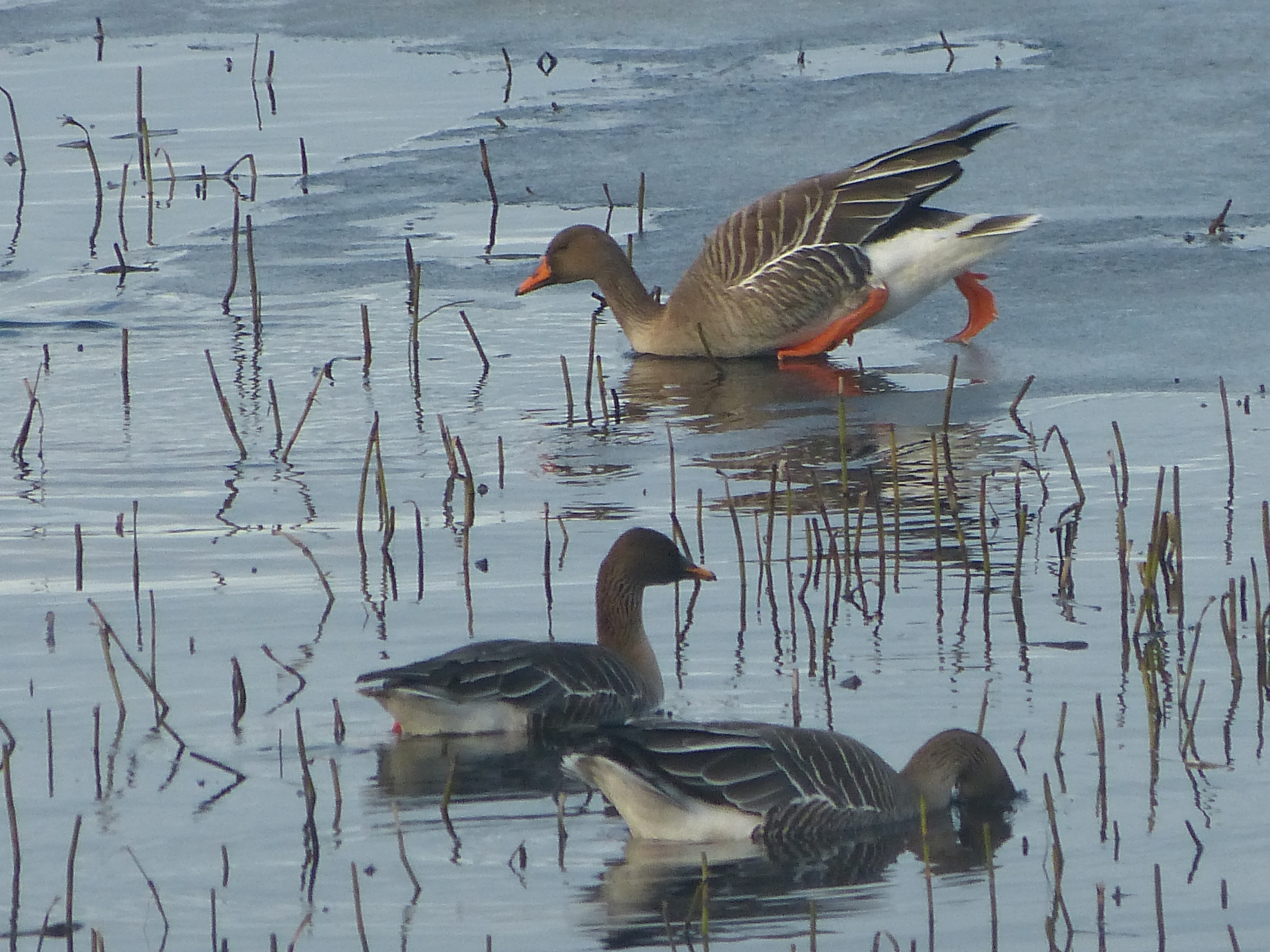Harmonised research and monitoring

Harmonised research and monitoring methods provide opportunities
Nature research provides important knowledge for nature management. Environmental research and monitoring systems in Finland, Norway and Russia differ from each other. By harmonizing the monitoring and research methods the knowledge of the border crossing species will increase profoundly. Harmonised monitoring methods for chosen species of insects, landscape complexes, biotopes and nature types will also be jointly developed in the future.
The Pasvik-Inari Trilateral Park partners focus on:
Brown bear: Pasvik-Inari-Petchenga brown bear population has jointly been monitoried in 2007 and 2011. Aim is to implement also joint action in 2015.
Joint research and monitoring plan related to the brown bear population have been developed. Bear faeces and hair samples are collected for DNA-analyses at the Bioforsk Svanhovd DNA-laboratory. These analyses makes it possible to identify individual bears, get information about kinship between the bears and to get a more precise picture of the total bear population in the region.
Report - Pasvik-Inari-Pechenga brown bear population
Read more about the brown bear research on Bioforsk Svanhovd web site (fungerer ikke)
Water birds: Annual water bird registrations are carried out in the Pasvik nature reserves (NO-RU). These registrations have been carried out since the early 1990s, from 1996 and onwards using standardised methodology.
Report on results from the water bird registrations 1996-2005
Golden Eagle: In a joint project years 2006-2008 effort was made to implement harmonised mapping of the Golden Eagles. Mapping the nests and active revires of the Golden Eagles across the borders will provide better population information. In Norway and Finland this will also improve the estimates of damage costs caused by Golden Eagle to reindeer husbandry of the area. In Finland the number of active revires in an area is directly affecting the compensations.
Visitors: A joint meta database has been initiated to gather information on the numbers of visitors to the area. Visitors are counted in the visitor and nature centres, in the protected areas and along nature trails. Visitors monitoring is discussed actively and best practises are shared between the partners. Information on the numbers of border-crossings and visits to the destination zone of the trilateral park area is also compiled from existing external sources.




